Cheonjiyeon Waterfall
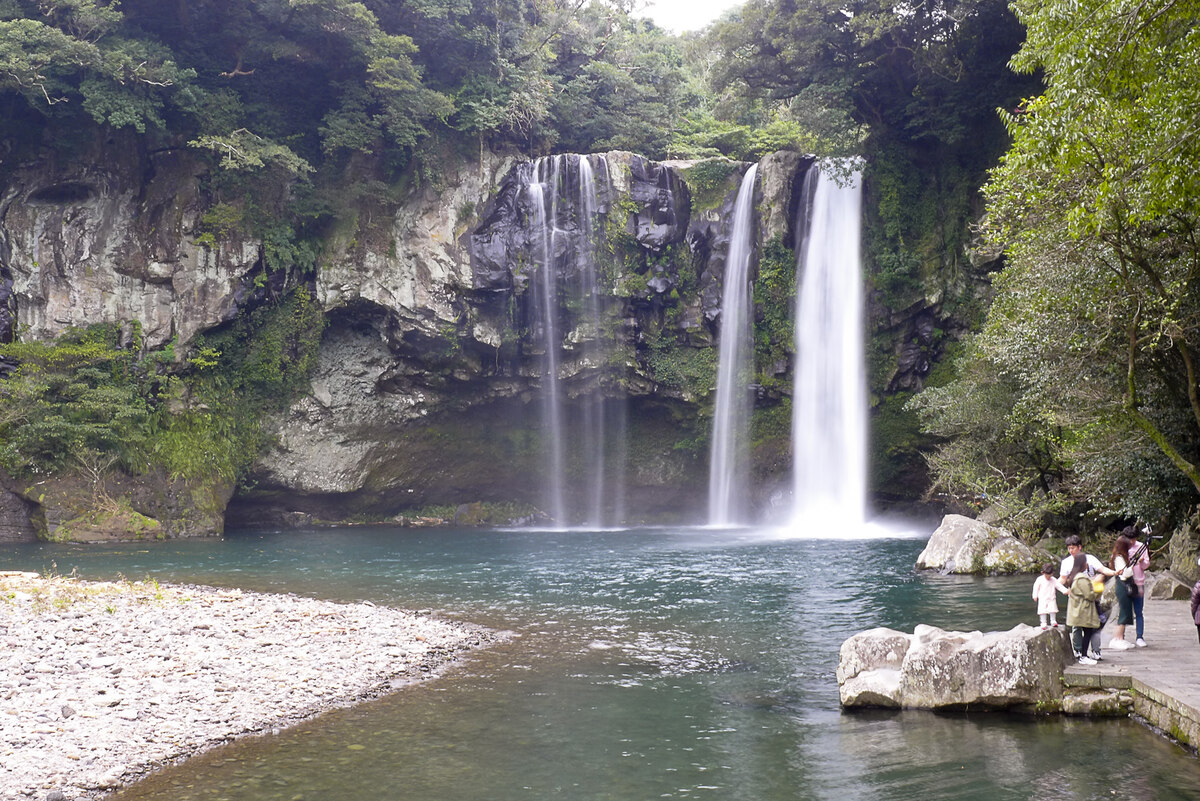
Scenic, 22 m tall waterfall, 12 m wide, with a park around it.
Cheonjeyeon Waterfall
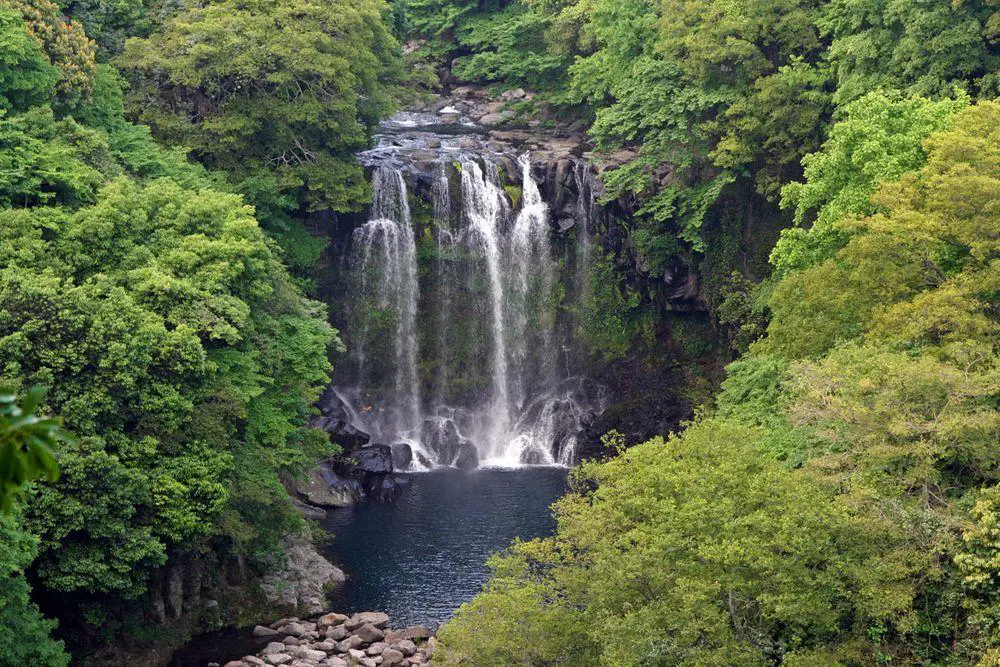
Waterfall with three cascades. Waterfall emerges from cave and the first cascade is 22 m high, second – 30 m and the third – lower than the previous ones.
Hwanseon Cave
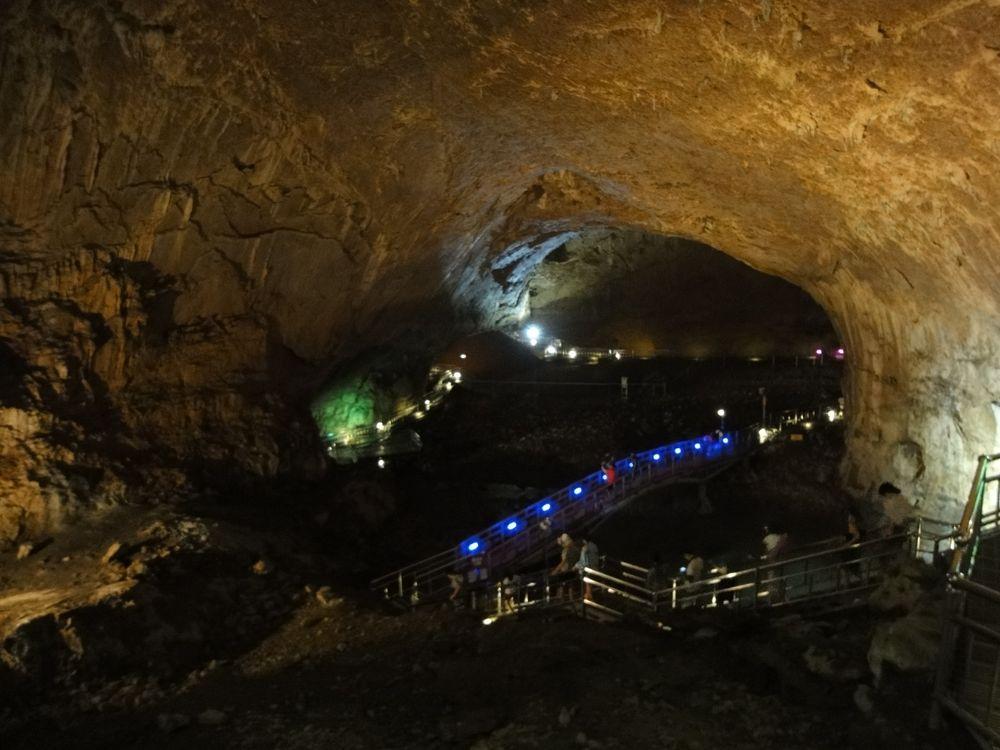
Some 8 km long limestone cave. In the cave are enormous cave halls, up to 100 m tall, cave pools and waterfalls, rimstone pools and numerous species of cave fauna, including four species found only here.
Gosu Cave
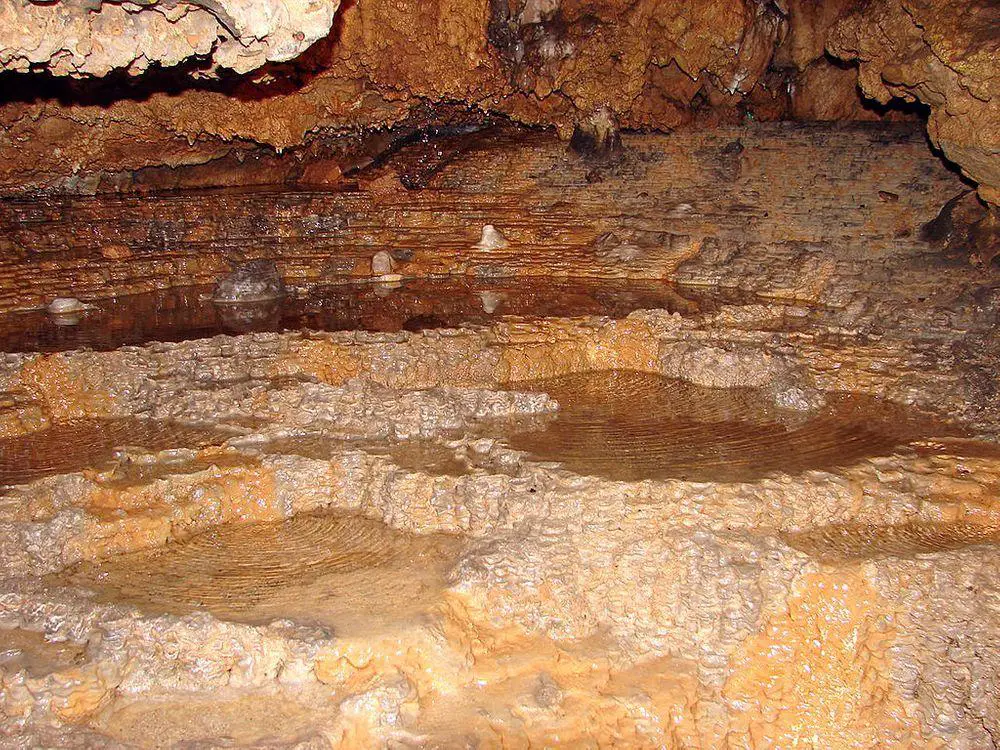
Some 5.4 km long limestone cave that has formed in limestone. This cave has impressive cave formations, including cave pearls, rimstone pools, cave corals, stalactites and stalagmites.
Bilemot Cave
The longest lava cave in South Korea, 11,749 m long. Cave has unusual, “braided” passages, spiralling around each other.
Songgwangsa
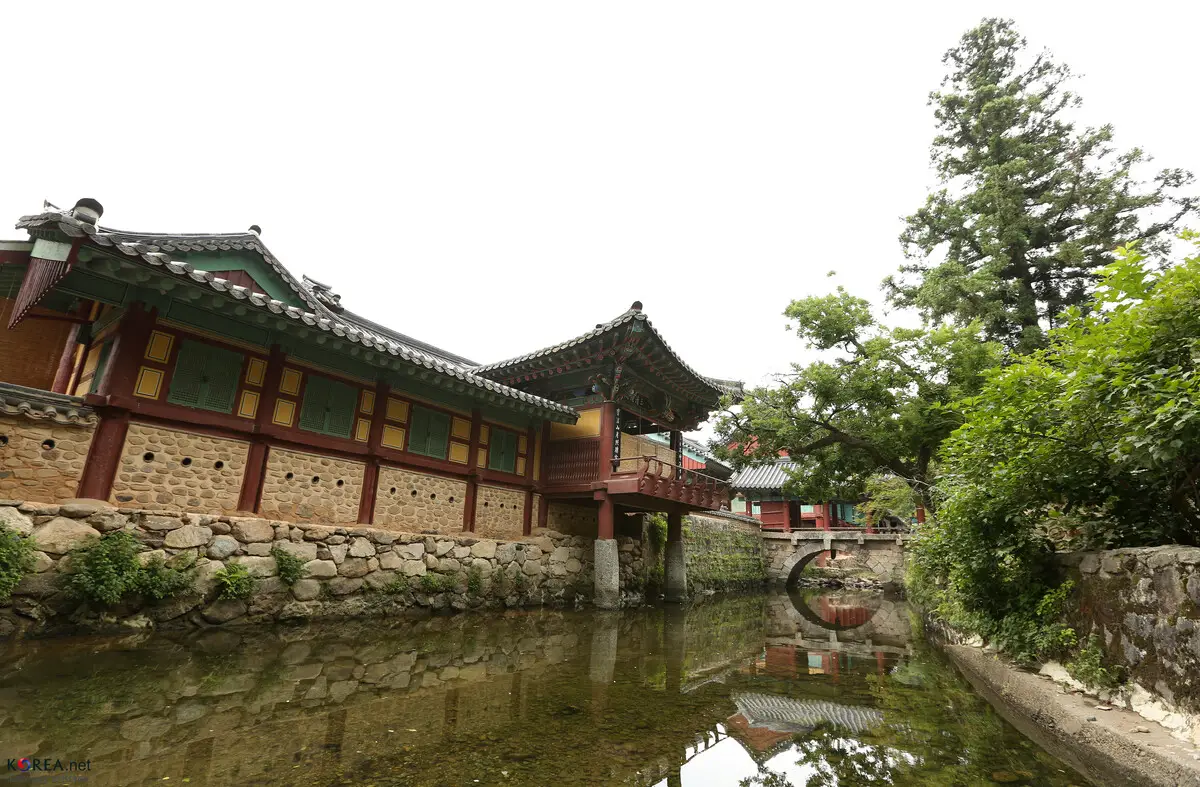
One of the main Buddhist temples in Korea. Initially, it was founded in 867 and later reestablished in the 1190ies. The site includes a residential building from the 15th century – one of the oldest in Korea.
Igeum-dong
Prehistoric settlement and necropolis with megaliths. Site was inhabited in 700 – 550 BC. Site includes 63 burials, including burials of high-ranked people and palisade. Interesting are remnants of two large raised-floor buildings.
Haeinsa
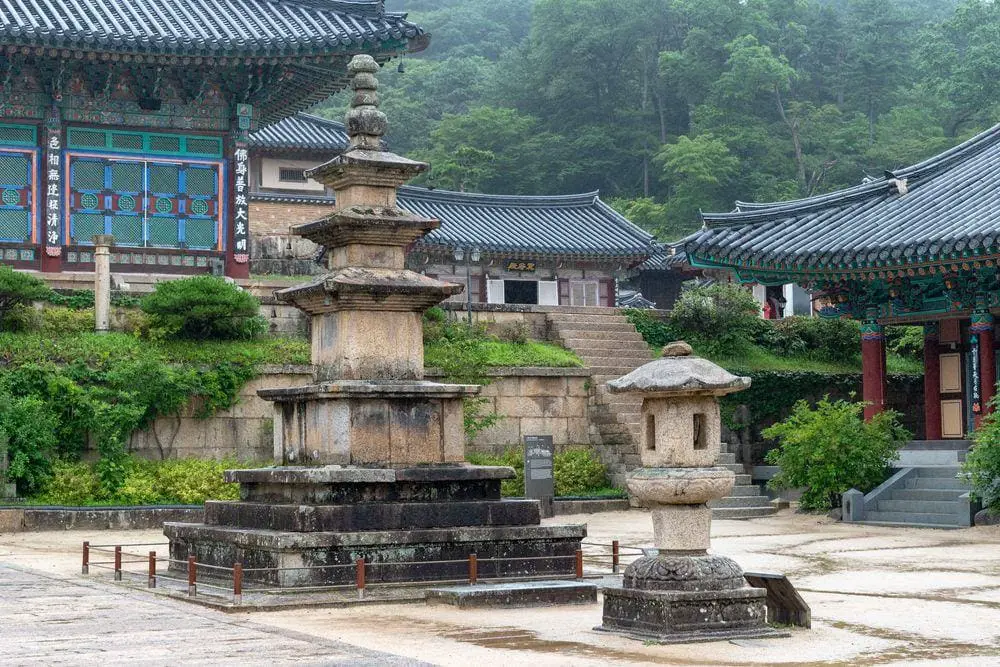
An important temple complex, it was first built in 802 AD. Since 1398 it has held an entire set of Buddhist Scriptures – the Tripitaka Koreana written on 81,258 wooden blocks.
Tongdosa
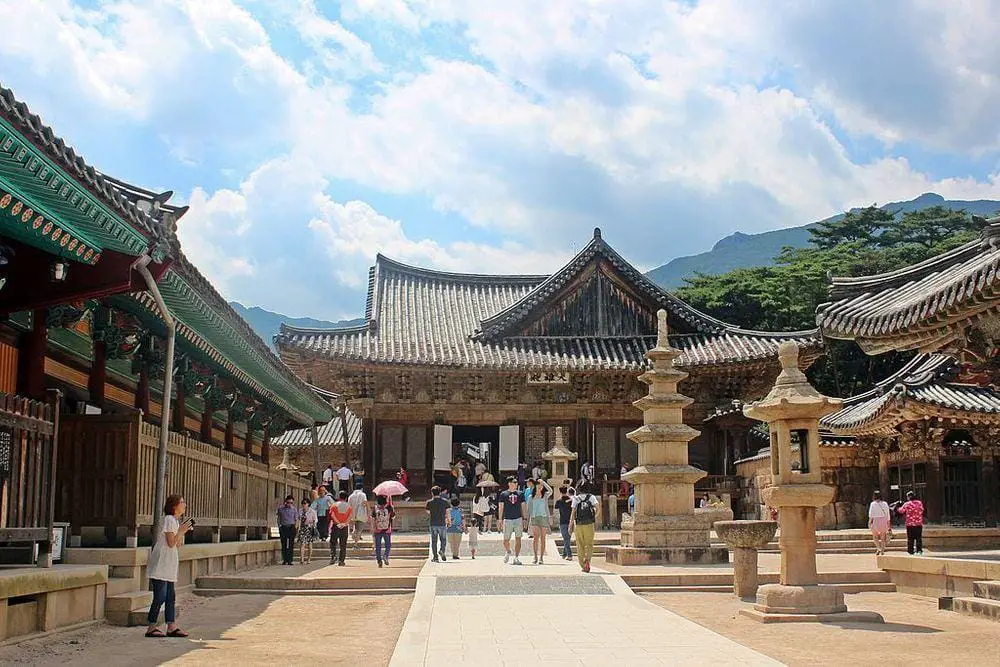
This is the largest Buddhist temple complex in Korea, established in 646 AD. Today it consists of 65 buildings. The temple candle has been burning without interruption for the last 1300 years.
Jungnim-ri Dolmens (Gochang Dolmens)
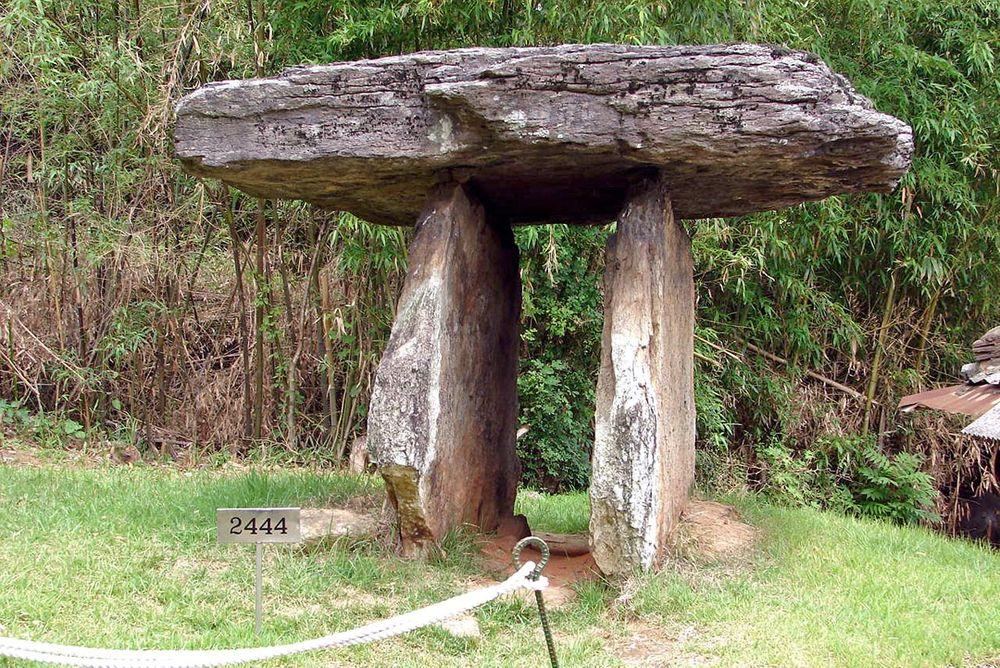
Group of some of the most impressive of the numerous South Korean dolmens, their capstones weigh up to 225 tons. In this area are found more than 447 dolmens that were created in the 7th – 3rd centuries BC. Nearby are other impressive megaliths. Here is located also a museum.
